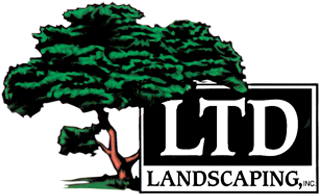A garden is only as good as its soil. You can plant the most stunning flowers, the hardiest vegetables, the richest greenery—but if the earth beneath them isn’t ready, they won’t thrive.
Spring is coming fast. That means it’s time to wake up the soil, shake off the winter fatigue, and get it ready for a season of abundance.
Assess the Damage Winter Left Behind
Cold months take a toll. Snow, rain, and frost compact the soil, stripping it of air and making it dense and lifeless. Before anything can grow, that needs to change.
Grab a handful of soil. Is it hard and clumpy? That’s a problem. Does it crumble easily? That’s a good sign. Take a deep breath—healthy soil has an earthy, rich scent. If it smells sour or stagnant, it needs help.
Feed the Soil Before You Feed the Plants
Plants aren’t the only things that need nourishment. The soil itself has to be alive—teeming with microbes, fungi, and nutrients that fuel growth.
- Compost—Black gold. Rich, dark, and full of life, it improves texture and fertility.
- Aged manure—A powerhouse of nutrients, but only if it’s well-rotted. Fresh manure burns plants.
- Leaf mold—Decayed leaves make an incredible soil conditioner, improving moisture retention.
- Organic matter—Anything that once lived can return nutrients to the soil.
Mix it in gently. Let nature do the rest.
Test, Adjust, and Balance
Good soil isn’t just about texture. It’s about chemistry. Too acidic? Too alkaline? The right balance makes all the difference.
A simple soil test kit can reveal the pH and nutrient levels. Adjust accordingly:
- Too acidic? Add lime.
- Too alkaline? Work in sulfur or peat moss.
- Lacking nutrients? Bone meal for phosphorus, greensand for potassium, fish emulsion for nitrogen.
Every garden is different. Learn what yours needs and give it the right foundation.
Mulch—The Secret to Long-Term Success
Bare soil loses moisture. It erodes. Weeds invade. The solution? A good layer of mulch.
- Wood chips, bark, or straw protect against drying out.
- Grass clippings or shredded leaves break down and feed the soil.
- Compost as a top layer keeps everything balanced.
Think of it as armor—shielding the ground while keeping it rich and fertile.
Conclusion
Prepping your soil now isn’t just about the first few weeks of spring. It sets the stage for the entire growing season. Strong roots, healthy plants, and a garden that bursts with color and life.
Put in the work now. The rewards? Worth every bit of effort.
Spring is coming. Your soil should be ready.



